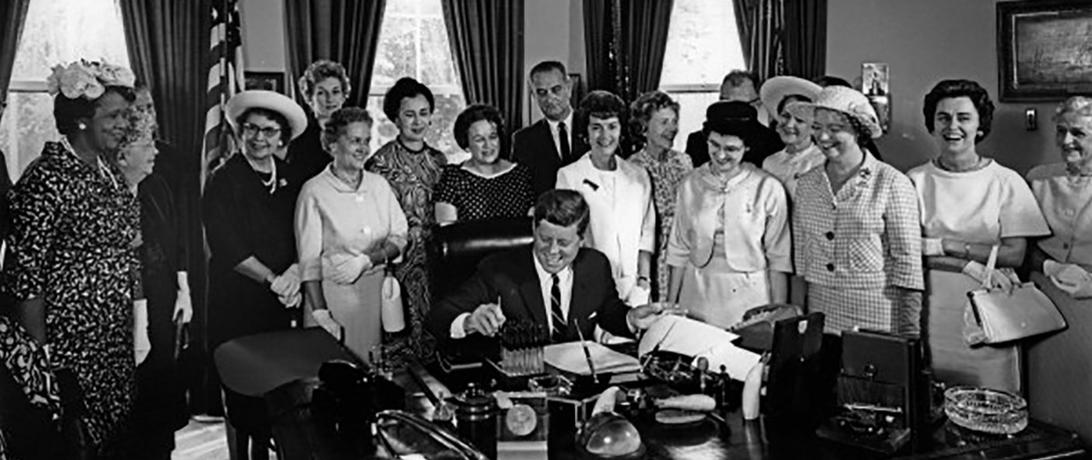
At the 55th Anniversary of the US Equal Pay Act, are women in the US actually receiving equal pay for equal work?
This year marks the 55th anniversary of the US Equal Pay Act (EPA), a landmark piece of legislation signed by President John F. Kennedy that was a first attempt at guaranteeing women and men receive equal compensation for equal work. In the United States, this battle is still ongoing. As recently as 2016, the Institute for Women’s Policy Research found that women in the US made only 80.5 cents on the dollar compared to men, a disparity that grew significantly when comparing the earnings of women of color to those of white men.
The EPA of 1963, an amendment to the Fair Labor Standards Act of 1938, forbids employers from paying women less than men for doing the same job. The EPA allows for employees who believe they are experiencing wage discrimination to file a complaint or even sue their employer. However, new legislation in other countries is now surpassing the standards set in the US. Recent legislation in Iceland requires companies and agencies that employ 25 people or more to prove parity if they want to avoid paying a fine. This takes the onus off individual employees and puts it directly on employers.
Equal pay legislation is critical to protecting the rights of women and minorities. It guarantees that men and women alike can meaningfully participate in their economies, communities, and government. We are happy to celebrate yet another anniversary of the Equal Pay Act and look forward to another year of continued improvement of gender equality in the US, in Iceland, and around the world.
Article Details
Published
Topic
Program
Content Type
Opinion & Insights